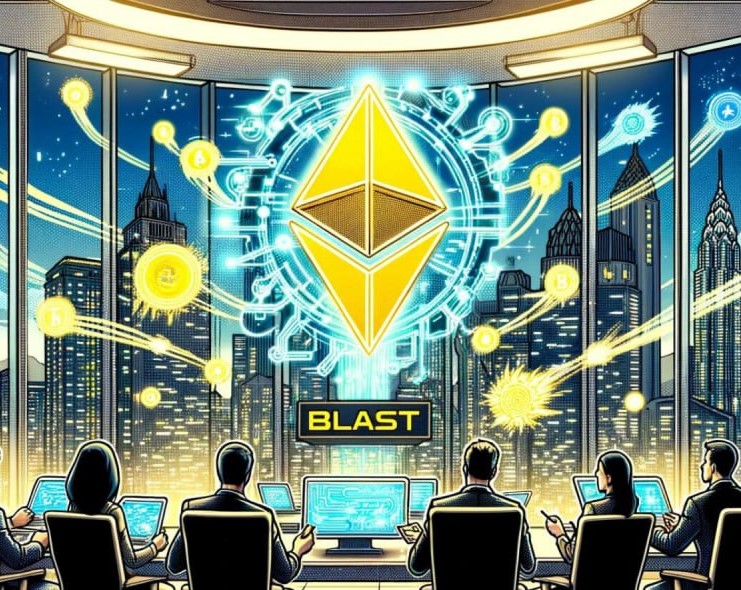Blast developers determined that maintaining lengthier withdrawal time was no longer necessary after monitoring withdrawals for four months.
According to a July 16 X post from the Ethereum layer-2 Blast network’s development team, the withdrawal durations have been reduced by half, from 14 days to 7 days. To “provide a buffer for Lido withdrawals,” the network previously mandated longer withdrawal periods. The team asserts that this extended wait period is no longer required.

The team posted the message from a new X account, @blast, which supersedes the @blast_l2 account that was previously in use. The existence of the new account was disclosed in the previous account profile.
The team stated in an associated thread that Blast core contributors have monitored withdrawals for the past four months and concluded that “a smaller buffer would be sufficient to handle nearly all withdrawal activity.” It warned that certain withdrawals may require more than seven days, although this should occur only “in rare circumstances.” In the interim, the post indicated that deposits from Ethereum to Blast will continue to be processed in a matter of minutes.
A few Blast critics observed the modification to the protocol’s handling of X. Jim, a former Aave contributor, and X user, posited that this implies that Blast will no longer be a layer-2 of Ethereum.
“Blast has changed their handle from @Blast_L2 to @blast and is now referring to themselves as the ‘full-stack chain,'” he stated. “[F]irst rollup that we are witnessing that departs from Ethereum as a standalone chain […] it appears that Ethereum alignment was a meme from the outset.”
The security of Ethereum layer-2 networks is derived from Ethereum rather than its nodes.
A link to a “vision” statement from June 26 is now available on both Blast X accounts. This statement asserts that Blast will become a “full stack chain” in the future.
In an accompanying video, founder Tieshun Roquerre (also known as “Pacman”) asserts that an Ethereum layer-2 is “an implementation detail” and that it is irrelevant whether a network is classified as an “L2” or not.
Nevertheless, he also asserted that Blast’s “current implementation detail is as an L2.” However, this implementation could be altered “if it benefits the user and there is value to doing so.”
The Blast network initiated phase 1 of its airdrop for the BLAST token on June 26. The token’s value increased by 40% the following day. It has since fallen to $0.017, marginally lower than its initial price of $0.02.



